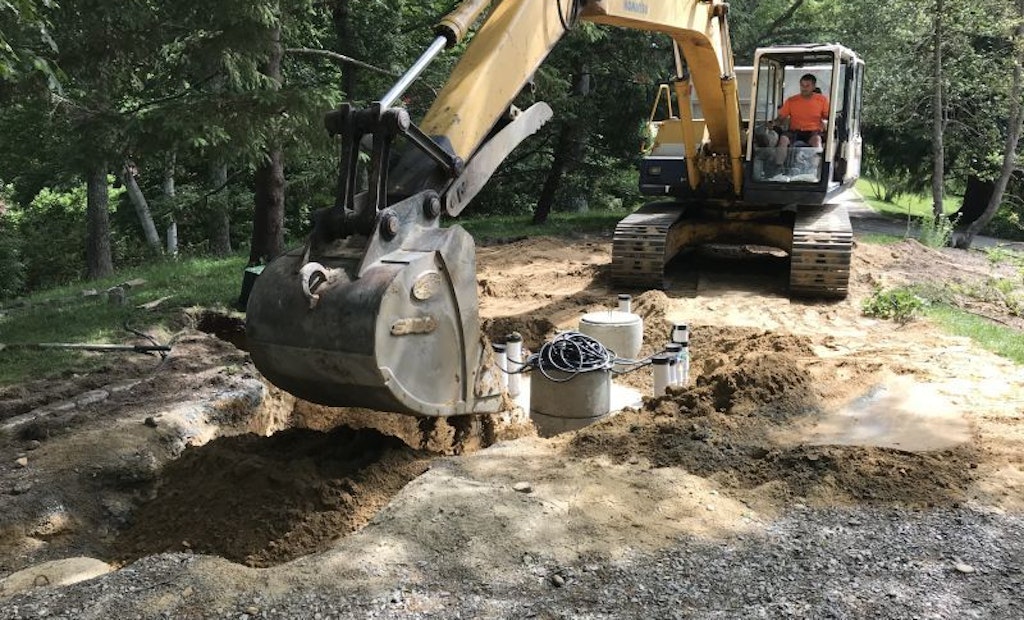Interested in Safety?
Get Safety articles, news and videos right in your inbox! Sign up now.
Safety + Get Alerts“Culture of safety” is a phrase that gets used a lot.
For a lot of companies, that term is a reality — safety is paramount and deeply embedded in every part of the work they do. A dedicated safety manager puts together job hazard analyses before every job; workers are trained monthly on best practices and reminded daily to wear PPE; and work halts if even the slightest risk becomes apparent.
For others, safety might be given more lip service than actual practice.
A lot of companies probably fall somewhere in between. Safety is important to most companies. Keeping workers safe means productivity and profits, while injuries and accidents mean paperwork and downtime, or even fines from OSHA.
But adhering to safety rules when it suits you and having those rules permeate every part of your work environment are two different things. Safety training shouldn’t just be required for new employees or restricted to monthly meetings. Training should be constant and ongoing in order to truly achieve that culture of safety.
June is National Safety Month, promoted by the National Safety Council, a nonprofit safety advocate that focuses on saving lives and preventing injuries in the workplace and beyond.
If your safety training could use some freshening up and you’re not sure where to start, visit nsc.org. The council’s website provides tip sheets, articles, social media graphics and more specific to National Safety Month, and other safety training resources year-round.
To help direct training during the month of June, the NSC focuses on a specific topic each week:
Week 1 - Prevent Incidents Before They Start: Identifying risks and taking proactive safety measures to reduce hazard exposure on important topics from ergonomics to chemical management is crucial to creating a safe workplace.
Week 2 - Address Ongoing COVID-19 Safety Concerns: As the pandemic continues, employers play an important role in expanding operations and returning remote workers to physical workspaces, building trust around vaccines, supporting mental health and so much more.
Week 3 - It’s Vital to Feel Safe on the Job: Being able to be one’s self at work without fear of retaliation is necessary for an inclusive safety culture. Leading organizations focus not only on physical safety, but psychological safety as well.
Week 4 - Advance Your Safety Journey: Safety is all about continuous improvement. Whether organizationally or individually, NSC can help provide guidance for your path forward.
There are a lot of additional resources that can help you provide training opportunities for your crew, or add onto what you’re currently doing if you’re weak in one area. It’s easier than ever to get quality training materials.
The OSHA website offers DVDs and other training materials that make it easy for cleaning companies to provide high-quality training opportunities for employees.
Online you can find publications and videos for training, along with stand-alone interactive, web-based training tools on occupational safety and health topics.
Topics include confined-space entry, excavation and trenching, eye protection, bloodborne pathogens and much more. There’s a whole library of resources right at your fingertips.
OSHA’s HAZWOPER series of training programs for the handling of hazardous materials — including sewage — includes specific topics such as decontamination, emergency response plans and respiratory protection. The 24- and 40-hour courses cost far less than any accident, and there are even group discounts available for enrolling six or more employees. The eight-hour refresher course to renew certification is now available online.
And these aren’t the only sources for safety training. Websites like compliancetrainingonline.com, 360training.com, tpctraining.com and grainger.com all offer safety instruction and training options, and there are many other sites offering tips and news that can guide tailgate talks about job site safety.
Ongoing training is the best way to keep your employees safe on the job and immersed in a true culture of safety.
Below are more articles on safety previously featured on OnsiteInstaller.com.
Focus on Safety: Transporting and Operating Equipment
Electrical Hazards to Watch for During Septic Repair and Installation
7 Overlooked Safety Issues for Installers
How to Ensure Employee Safety Amidst the Going Pandemic
Could Your Septic Job Make You Sick?
Advice for In-Home Cleanup of Sewage Spills and Flooding
Septic Tanks Can Hold Dangerous Levels of Chemo Drugs
Methamphetamine Labs and Septic Systems
Focus on Safety: Installers Need to Make Safety a Priority
Focus on Safety: Federal and State OSHA Standards






